There are several different methods that can be used to treat pyorrhea in a remarkably successful way. The different types of state-of-the-art materials and techniques available nowadays allow for treating periodontal disease and for an intensive healing. That was unimaginable just a few years ago.
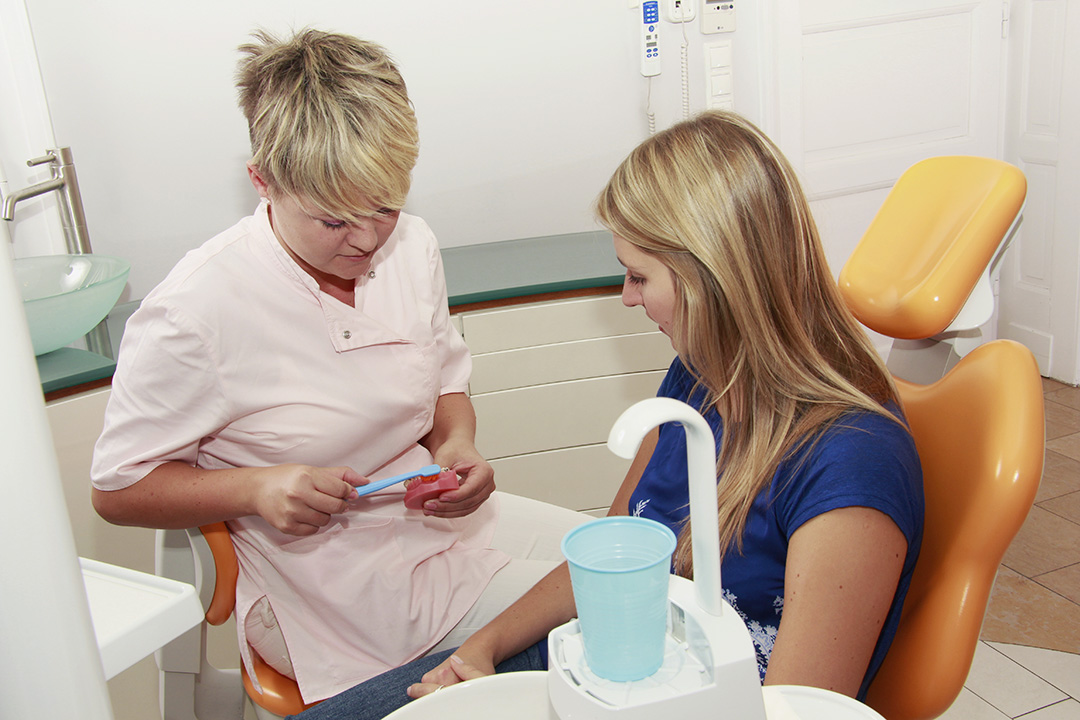
OKI therapy is a special method that systematically eliminates the factors that cause periodontal disease and restores the healthy microflora of the oral cavity.
It consists of 3 steps:
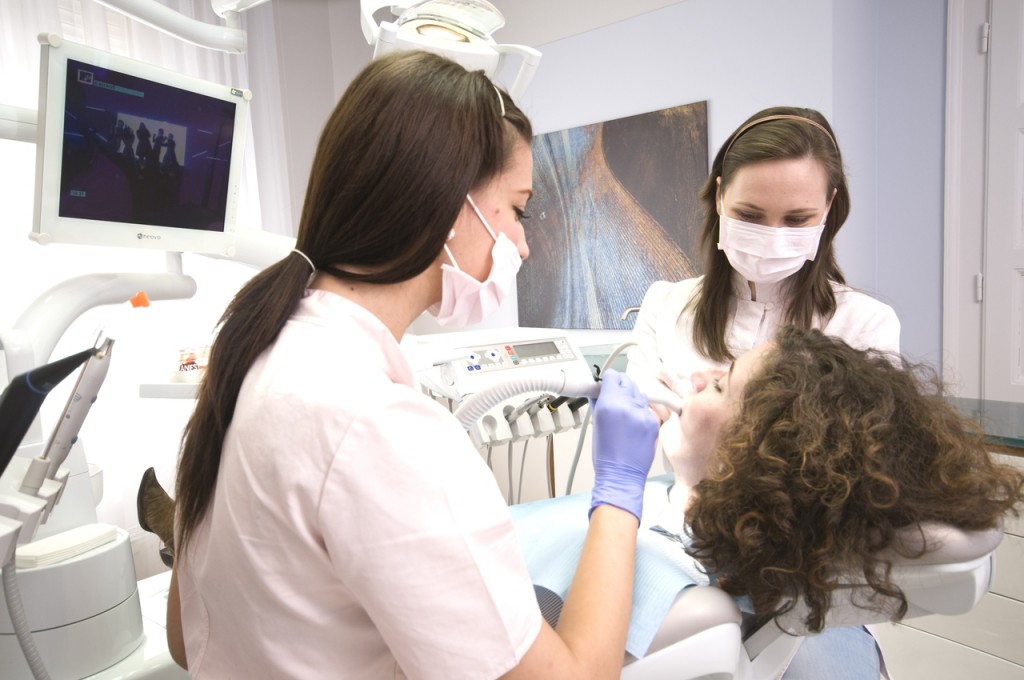
This method involves the cleaning of all of the affected areas of the gums and all the pockets under local anaesthesia. The treatment is completed within a short time in order to prevent the possibility of reinfection. For this reason, these treatments also involve antibiotic protection. During the disinfection procedure curettage and ultrasonic tartar removal are performed.
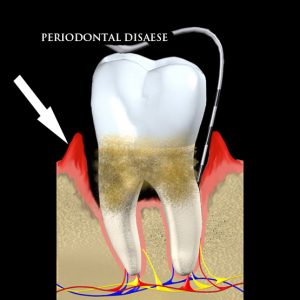
Open curettage involves the elimination of the inflamed tissues and the plaque deposits lying under the gums that are impossible to reach with closed curettage. Treating periodontal disease with open curettage is usually applied when the results of OKI therapy are not satisfactory. The periodontologist performs gum resection (aka gingivectomy) under local anaesthesia. The dentist surgically opens pockets deeper than 5 millimetres and removes the affected tissue and necrotic cementum. In these cases it is possible to use regenerative medication that promotes the re-growth of tissues lost due to periodontal disease. Our clinic uses Straumann Emdogain Gel in the regenerative treatment of deep, vertical intraosseous pockets.
Receding gums, also known as gingival recession, can develop as a result of frequent gum inflammation, bad brushing habits, previous orthodontic treatments or anatomic factors. This symptom can cause serious dental cervical sensitivity and it can also cause aesthetic problems on the front teeth. It is impossible to treat gum recession without surgery. When surgical intervention is planned, the condition of the bone also has to be taken into consideration. In case bone loss around the teeth is extensive, it is impossible to restore 100% gum coverage of the affected areas. This is one of the reasons why it is not worth delaying the treatment. The less extensive the bone loss is, the better chances you have for a successful treatment.
The purpose of gum graft surgery (also known as gingival graft or periodontal plastic surgery) is to create a medium in the oral cavity where the hard tissues of the teeth and the soft tissues of the oral cavity comprise a harmonic unit that establishes and maintains a healthy microflora and can prevent the development of periodontal disease in the future.
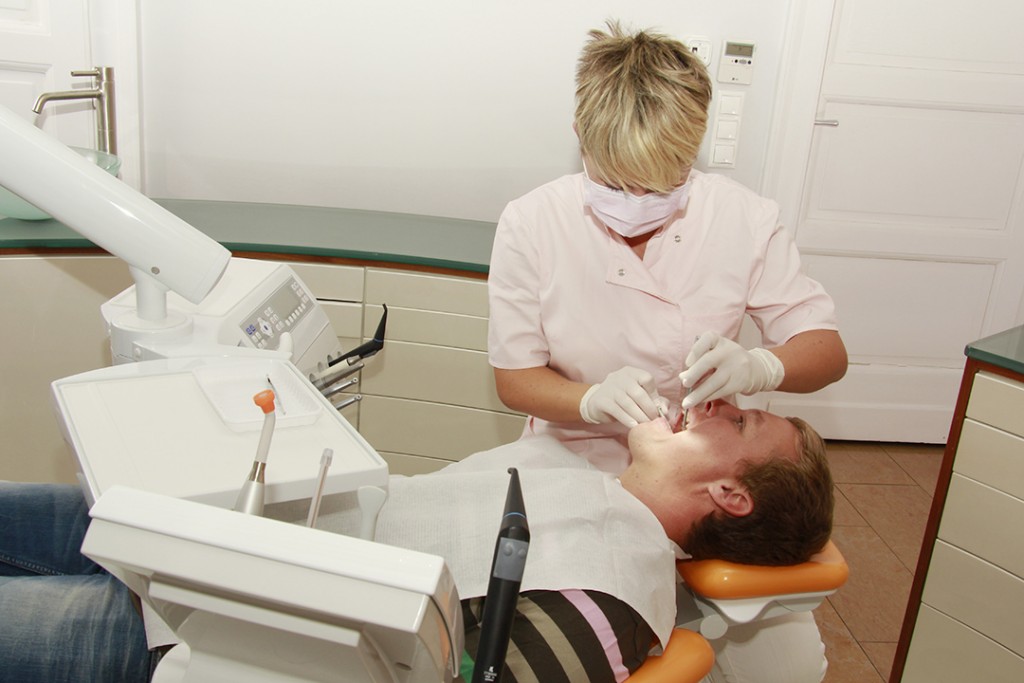
As a result of periodontal disease, the periodontium loses its strength, which can easily cause the teeth to become loose. Dental splinting makes it possible to stabilize the position of the teeth by connecting them to each other. The treatment involves strengthening a specially woven material or a thin metallic thread with tooth-coloured filling material, and gluing the loose teeth together with help of this material. This process can significantly improve the chewing ability and the lifetime of the teeth. We also often apply this method when one or two teeth have to be extracted; it enables us to save the patient’s own teeth.
The only way to restore the health of periodontal tissues is to surgically place a membrane into the treatment area. The membrane prevents the epithelium from getting into the pockets, which promotes the regeneration of the original structure of the periodontium.
Emdogain Gel is a special gel that is placed into the pockets (spaces between the teeth and the gum) that formed as a result of periodontal disease. In case only one or two teeth are affected, this method can successfully promote the regeneration of tissues in the long run.
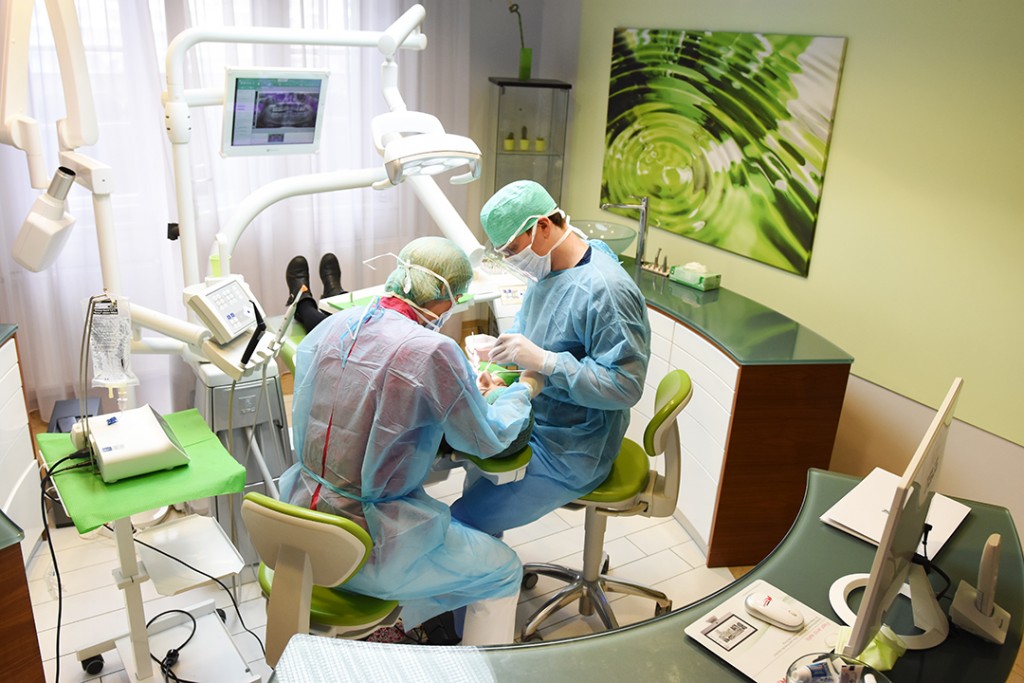
In case the periodontal disease is in an advanced phase, it might be necessary to remove the affected tooth if it is not possible to save it. If the quality of the bony substance makes it possible, implantation is a good method to restore the patient’s chewing ability and healthy smile. This is a solution that stops the progress of periodontal disease: since the bone grows directly on the implant, the problem is permanently solved.
Periodontal disease is almost unperceivable in its early phase, but it might have serious consequences. The good news is that if recognized and begin treating periodontal disease in time, periodontal disease is reversible, and the healthy state can be re-established.
Therefore if you have the symptoms of periodontal disease, it is best to consult a periodontologist specialized in periodontal diseases. This can save you a significant amount of money and inconvenience in the future. We would like to contribute to this process by providing consultation in English, so that you can get all the information you need in order to successfully treat your periodontal disease.
You can book an appointment for a consultation here: info@moriczdental.hu or +36 1 / 361 - 1222
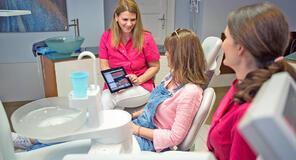
Fogpótlás fájdalommentesen a Móricz Dentalban – modern technológiával, tapasztalt szakemberekkel, hogy újra magabiztosan mosolyoghasson!
Tovább olvasom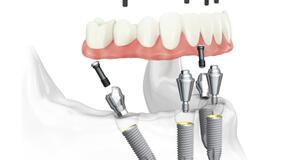
Az All-on-4 fogsor stabil és tartós megoldás teljes foghiány esetén. Kényelmes viselet, természetes megjelenés – tudja meg, hogyan működik!
Tovább olvasom
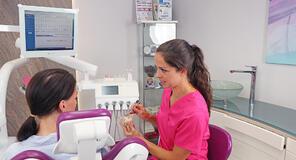
A Móricz Dental Fogászat számos fogpótlási lehetőséget kínál, hogy visszanyerje mosolyát. Ismerje meg a legjobb megoldásokat és kérjen időpontot!
Tovább olvasom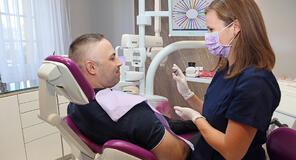
Ismerje meg a különböző fogszabályzó típusokat, azok előnyeit és hátrányait! A Móricz Dentalban segítünk megtalálni a legmegfelelőbb megoldást.
Tovább olvasom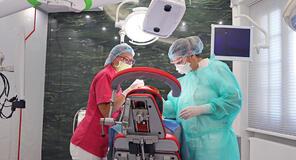
Ismerje meg az implantációs fogászat előnyeit és folyamatait, amelyek tartós és esztétikus megoldást nyújtanak foghiányokra a Móricz Dental szakértőivel.
Tovább olvasom